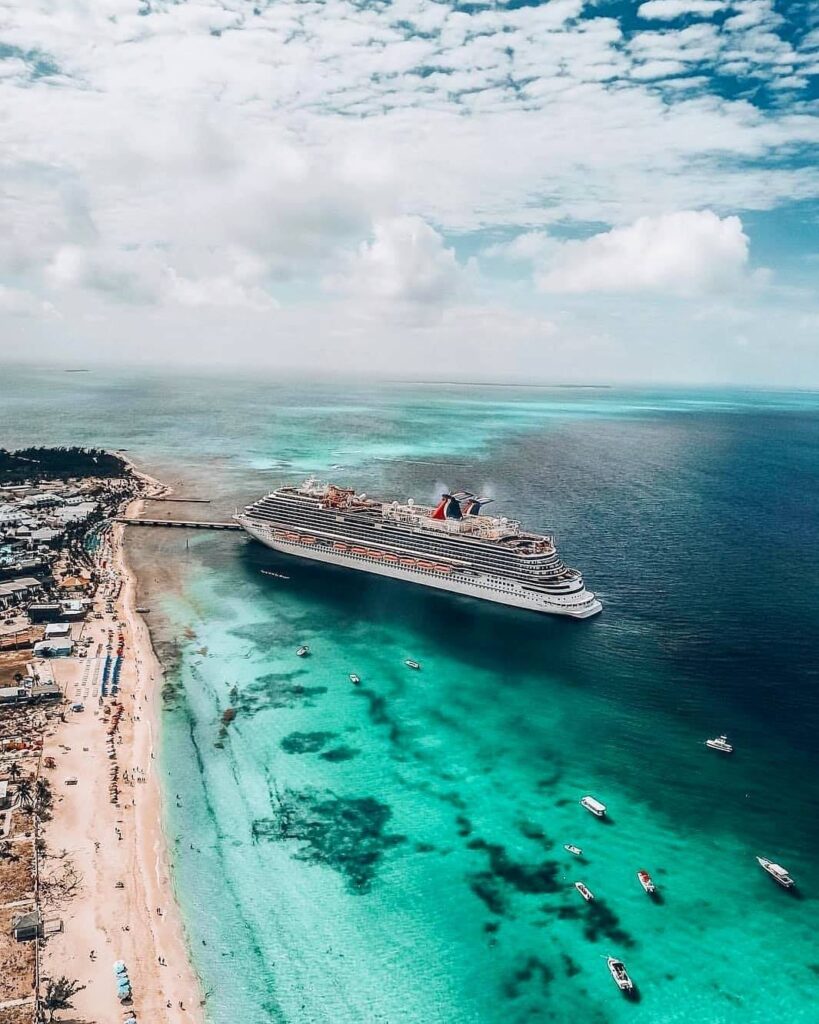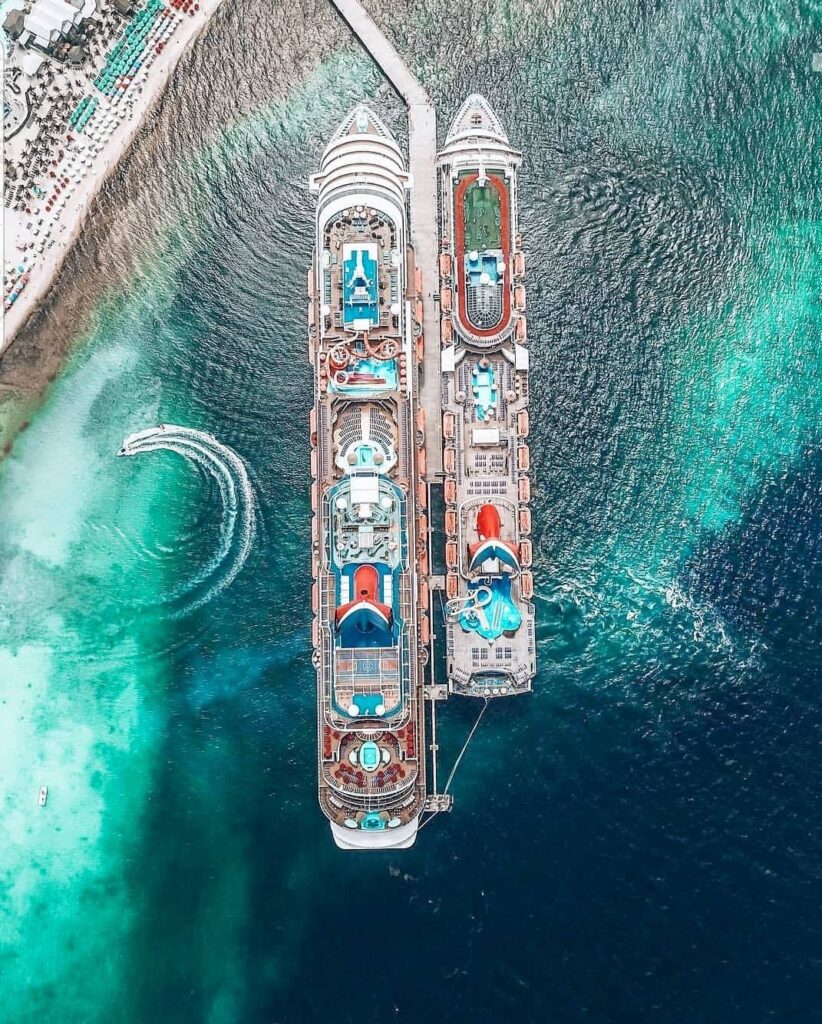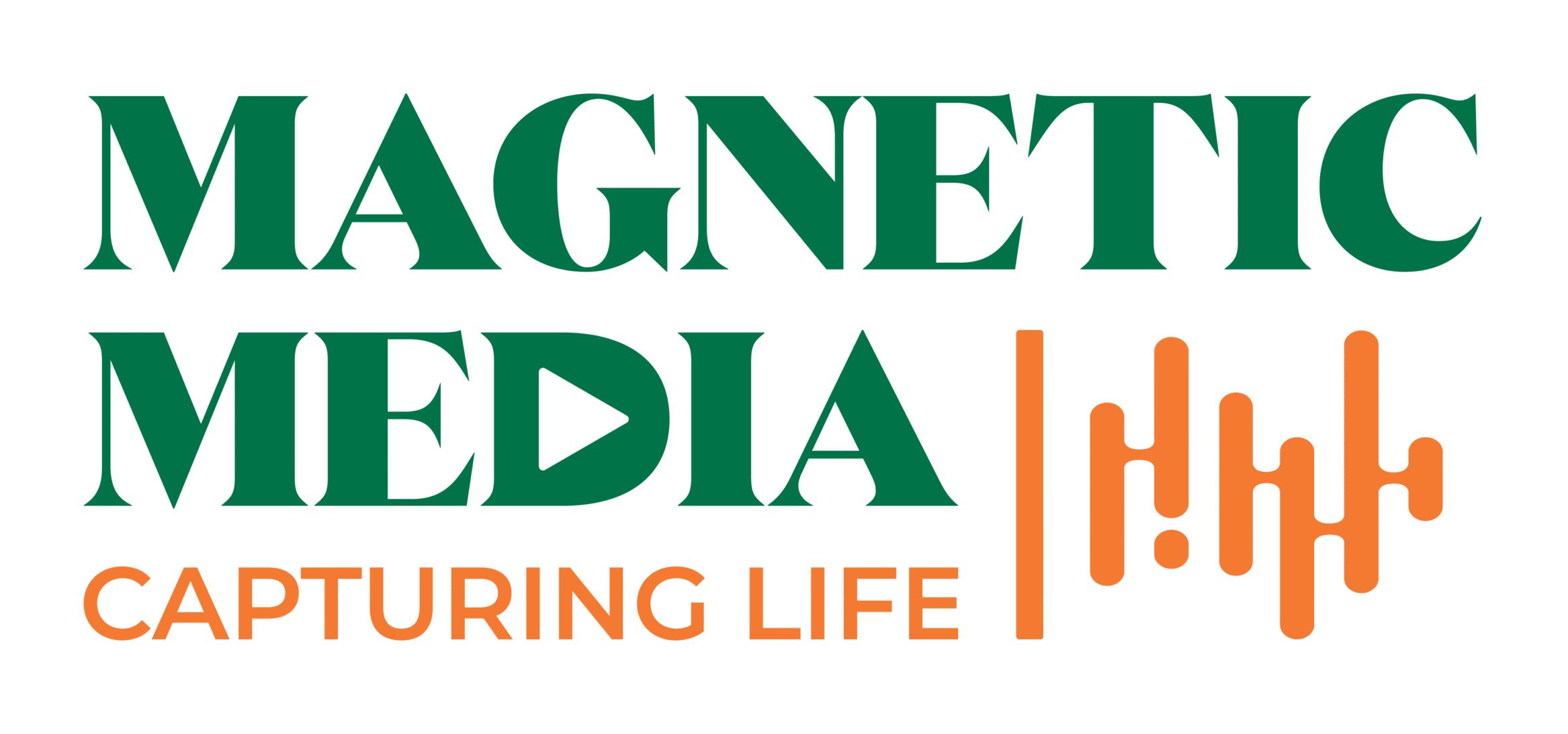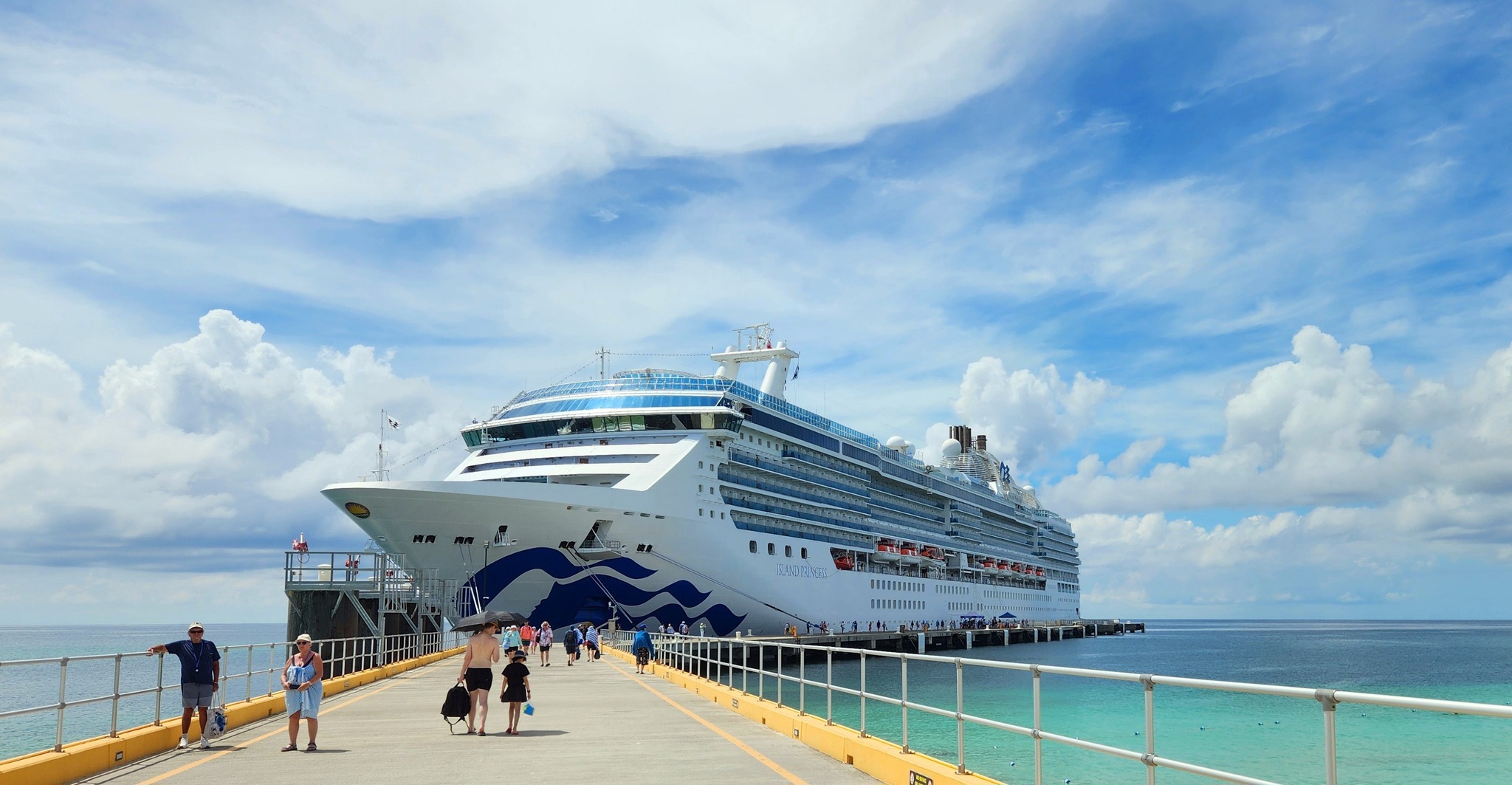Margaritaville Grand Turk: The Beach Bar on the Stock Market
A beach bar with a ticker Margaritaville Grand Turk is listed on the Jamaica Stock Exchange. You won’t hear traders chanting “Buy Grand Turk,” but you will sometimes see a little green arrow next to Margaritaville (Turks) Ltd the beach-bar operator at the Grand Turk Cruise Center listed as MTL. In simple terms: when you see green, the share price ticked up. With a micro-cap like this—thinly traded, few shares changing hands that pop can happen on a couple of small orders. It looks dramatic on screen, though the dollar impact is usually modest.
Why Margaritaville Grand Turk Stock Pops
So why does it pop at all? This stock is a tidy window into cruise-day energy. Grand Turk’s economy has a clear rhythm: ships in, dollars in. When a ship pulls alongside the pier, pool chairs fill, playlists climb, bartenders sprint, taxi ranks turn over, and souvenir cups march back to the gangway. Hours later, the last sun-kissed guest heads down the pier and the island resets. That on/off pulse explains the occasional green arrows on the stock screen.

Margaritaville Grand Turk: The Setup That Made It Possible
The Grand Turk Cruise Center opened in 2006 as a purpose-built hub: beach, pier, shops, a massive pool, a FlowRider, and the Caribbean’s best-known Margaritaville Grand Turk. That design keeps visitors in easy flip-flop range of food, drinks, and retail maximizing time on shore and spend per passenger. It’s why the island can post over a million cruise visitors in a year despite its tiny footprint.
Understanding the Green Arrow and Its Impact
A pop in MTL stock is not proof of big new profits or major shifts in the business. MTL trades “by appointment”—occasional, low-volume prints that can nudge the quote. Regular little green arrows (upticks) or red ones (downticks) reflect trading noise more than deep fundamentals. On-island, a “busy pier day” is very real: servers and bartenders earn better tips, drivers grab extra fares, vendors move bracelets, DJs get rebooks, and fishers supply tomorrow’s menu. The green tick is just a screen-level shorthand for a day when more locals likely got paid.
History, Risk, and the Big Picture
Cruise didn’t invent Grand Turk, but it organized the workday. The port brings a reliable wave of customers on the days it counts. A notable history fact: on February 20, 1962, after orbiting Earth three times, John Glenn’s Friendship 7 recovery flowed through Grand Turk. The “Splashdown Grand Turk” exhibit near the Cruise Center still tells that story tiny island, outsized role. Cruise momentum is real but concentrated. Weather, itinerary shifts, or policy changes can pinch fast. The smart play for the island is to keep per-passenger spend rising while widening the pie into tours, heritage, markets, and conservation that aren’t hostage to a single pier day.For more information, visit “Click Here”


